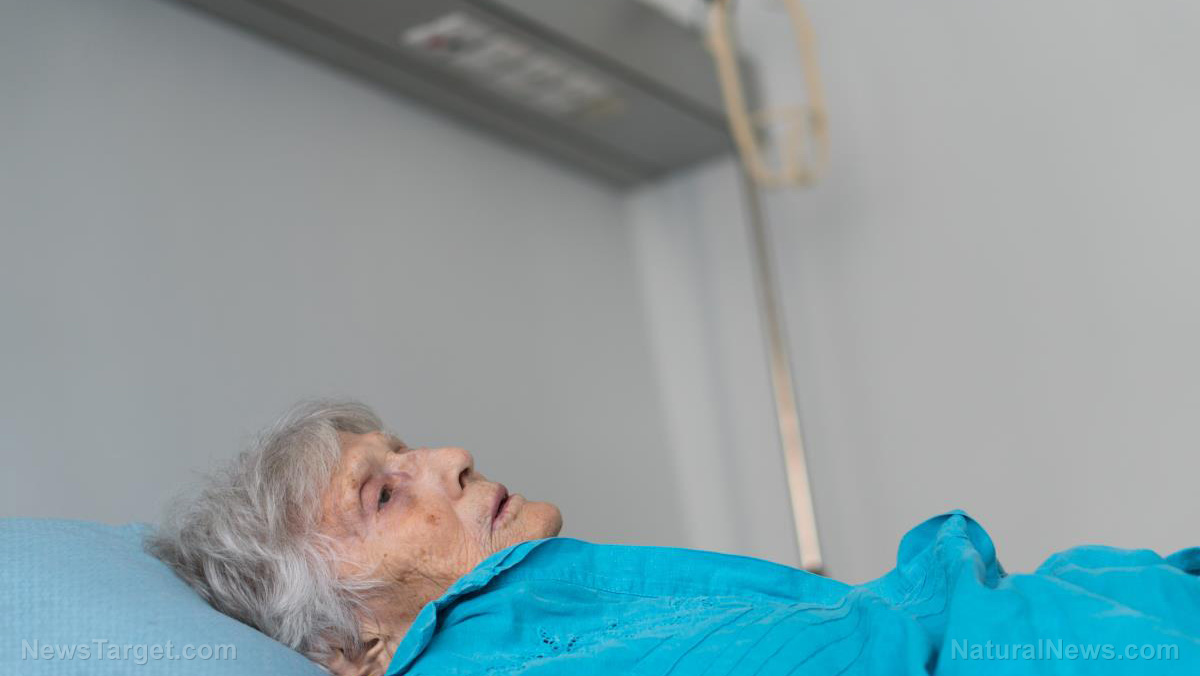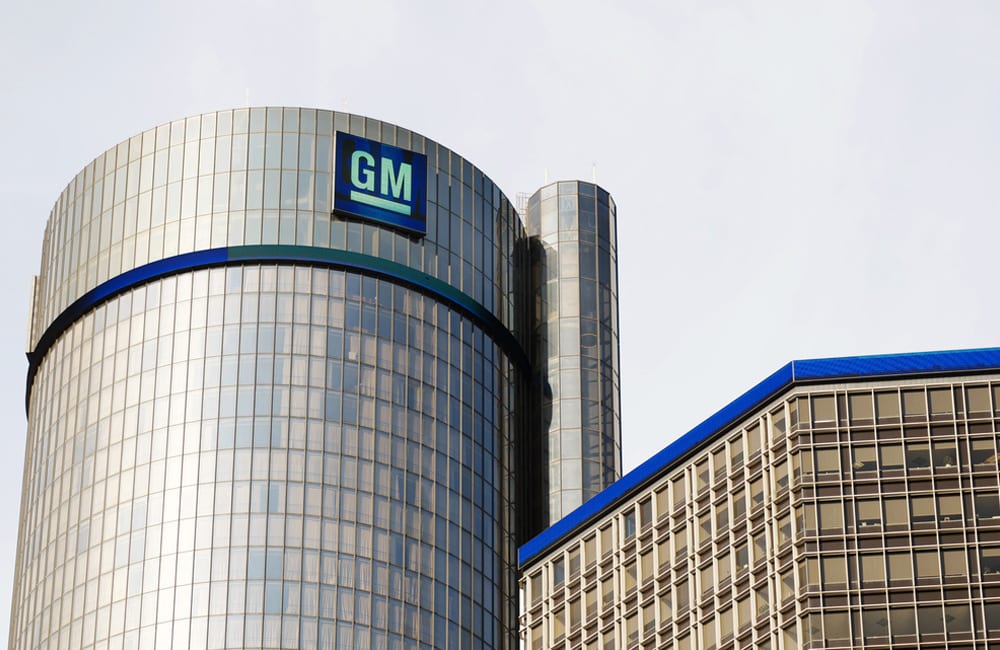
The technology is built around a carefully developed algorithm which analyzes movements up to 1,000 times per second. Sensors in the belt, including gyroscopes and acceleromotors, are also used to determine if a person is likely to fall. If the belt decides that a fall is imminent, airbags located at either side balloon and cover the upper hip to mid-thigh area ahead of ground impact. Initial clinical trials have concluded that Hip’Air is able to absorb around 90 percent of impact.
The airbags remain inflated for a few seconds before they automatically deflate. Owners simply have to replace the CO2 canisters in their respective pouches to reuse. Each canister refill is expected to cost around $50.
The only challenge company designers say they have with the belt is how willing patients are to wear them. Helite has kept the design as streamlined as possible -- the hardware and gas canisters are located at the front center of the belt. It should also fit comfortably above the hips but may not be able to accommodate for an extremely large frame. All the same, people must remember to strap on the belt during the day and keep track of the battery which can last for 15 days.
Why wearable technology is being used in healthcare
Hip fractures are one of the main risks of elderly people dying. Medical professionals have observed that women who were between 65 to 69 years old who have broken a hip were five times more likely to die within a year than those who have not. Men fared only slightly better, with around a three-fold chance of dying in a year after breaking their hip.
It is only recently that scientists are looking into the relationship between hip fractures and mortality. Data was often skewed because many of the tested participants also suffered from other conditions such as diabetes, heart disease, or other geriatric problems. However, analysis of several studies has revealed that even accounting for these factors, hip fractures caused by falls dramatically increases a person’s chance of dying. More worrisome is the conclusion that the risk was greater among those who were at the younger strata (65 to 69 years old).
Co-author of one such review, Teresa Hillier, M.D. said, “our study suggests that it's the hip fracture, and not just poor health that puts these [people] at [a] higher risk of dying. [This] leads us to hypothesize that hospitalization, surgery and immobility lead to other complications that ultimately result in their death.”
Another study concluded that the poor outcomes of patients who have suffered a hip fracture calls for “health care systems [to seek better] treatment paradigms.”
This can include preventive measures such as a safety belt.
The National Osteoporosis Foundation estimates that around 50 percent of women over 50 will break a bone because of osteoporosis which increases the likelihood they will fall down and break their hip. They recommend women and men who are older than 50 to consistently participate in weight-bearing and balancing exercises to decrease their risk of hip fractures. Taking the appropriate amount of calcium and vitamin D is also recommended.
Sources include:
Please contact us for more information.



















